Filigree Clematis – 1 Gallon Pot
$49.97 Original price was: $49.97.$34.98Current price is: $34.98.
SKU: D2LSC 7897685150 Categories: Clematis Vines, VINES & CLIMBERS
- Experience the difference quality makes.
- Buy with Peace of Mind
- Free Shipping, No Compromise on Quality
- High quality products, hassle-free returns.

Filigree Clematis
Clematis ‘Evipo029′ Filigree PP16471
Plant Details
USDA Plant Hardiness Zones: 4a-9b Find Your Zone
Plant Type: Flowering Vine
Height or Length at Maturity: 1-2′
Width at Maturity: 2-3′
Spacing: 2-2.5′ apart
Spacing: 2-2.5′ apart
Growth Habit / Form: Mounding, Spreading
Growth Rate: Moderate
Flower Color: Silvery Lavender-Blue
Flower Type: Semi Double
Flower Size: 4-5″
Flowering Period: Continually from Late Spring to Mid Fall!
Flowering Period: Continually from Late Spring to Mid Fall!
Fragrant Flowers: No
Foliage Color: Green
Fragrant Foliage: No
Sun Needs: Full to Mostly Sun, Light Shade
Water Needs: Average
Soil Type: Clay (Amend heavy clay to ensure good drainage), Loam, Sandy, Silt
Soil Drainage: Moist but Well Drained
Soil pH: 5.5 – 7.0
Maintenance / Care: Low
Pruning Group: 2-3
Attracts: Butterflies, Hummingbirds, Beneficial Pollinators, Visual Attention
Resistances: Deer, Disease, Heat, Humidity, Insect
Description
If you love Clematis but don’t have anything for one to climb on, meet ‘Filigree’, a compact variety that grows to only 2 feet tall by 3 feet wide producing a literal bouquet of gorgeous, large, silver lavender-blue double flowers from late spring through early fall. Whether you use her as an accent in smaller gardens spaces, a groundcover or border in garden beds, around the base of climbing Clematis to shade the roots, or in an urn or other container, this free-flowering beauty won’t disappoint!
Landscape & Garden Uses
Growing 1 to 2 feet high and 3 feet or so wide, the Filigree Clematis is ideal for use as an accent in smaller garden spaces or as a border or in groupings in lager garden beds. Because Clematis like to have their roots shaded, this one is a perfect choice for growing around the base of climbing Clematis vines. Also excellent in pots, planters and other containers for situating on patios, decks and around other outdoor living spaces where the beautiful flowers can be viewed from close up. A fine addition to Clematis gardens, purple theme gardens and cottage gardens.
Suggested Spacing: 2 to 2.5 feet apart for a solid border
Growing Preferences
This Clematis is easy to grow in a moist but well-drained soil of average fertility and full sun to part shade. Though it tolerates dry periods when established, it will appreciate an occasional watering in prolonged periods of dry weather. Make sure not to plant this one too deep as it tends to smother the plant. See pruning instructions just below.
Clematis Pruning Group 2
Clematis in Group 2 consist of all the early, large-flowered hybrid clematis that bloom in late spring or early summer and maybe again in late summer. Clematis in this group should be pruned lightly in late winter or early spring. Pruning consists of removing weak and crossing shoots then thinning down the plant to a structure of evenly spaced one and two year old stems. Cut each stem just above a pair of healthy buds. Plants in this group have the tendency to become bare at the base as they mature. You can under-plant with small shrubs or perennials to help conceal the bare stems. Alternatively, you can often force a flush of new growth from the base by cutting the vine back to 18 inches immediately after the flush of bloom.
An alternate method of pruning Group 2 clematis is to prune only every three or four years. In this case, the clematis should be pruned as described for Group 3 Clematis. This will produce a weak first flush of flowers in the summer after pruning.
Helpful Articles
Click on the link below to find helpful advice from our experts on how to plant and care for Clematis vines
How To Plant A Clematis
How To Prune A Clematis
Plant Long & Prosper!
Meet The Wilson Brothers & Staff
Questions? Contact Us!
Be the first to review “Filigree Clematis – 1 Gallon Pot” Cancel reply
Related products
Sale!
Clematis Vines
Sale!
Clematis Vines
Sale!
Clematis Vines
Sale!
Clematis Vines
Sale!
Clematis Vines
Sale!
Clematis Vines
Sale!
Clematis Vines
Sale!
Clematis Vines





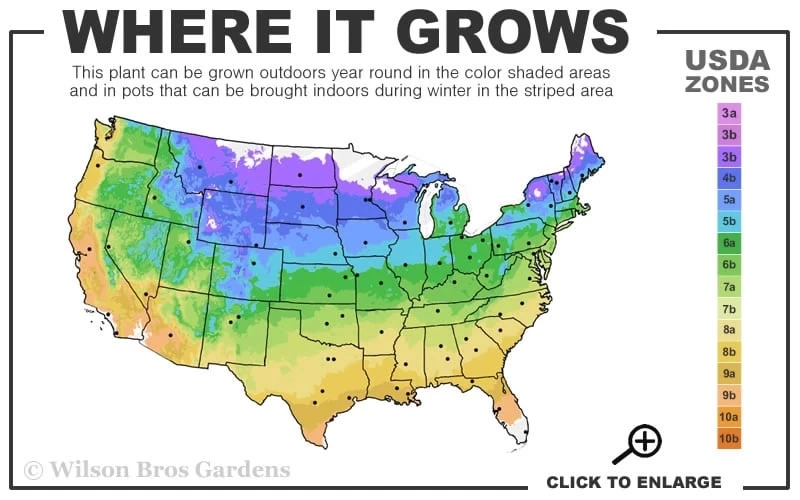











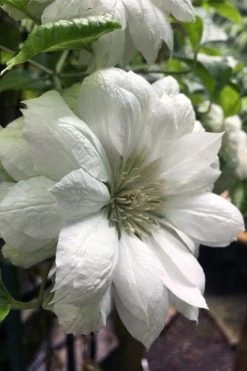
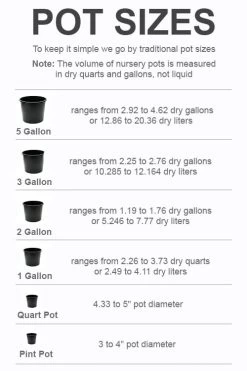
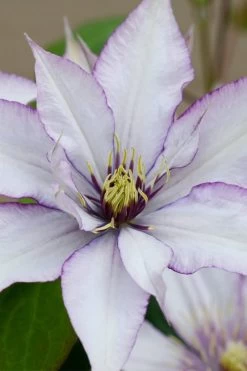

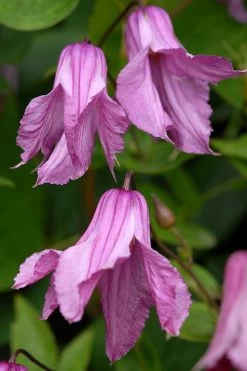


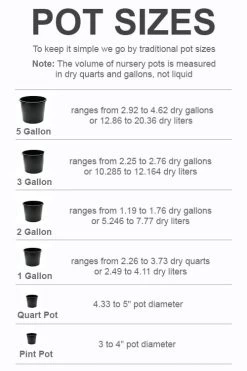
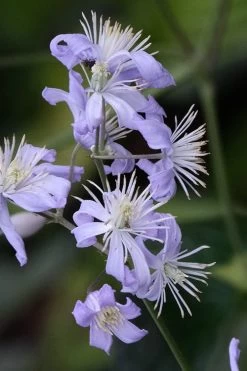





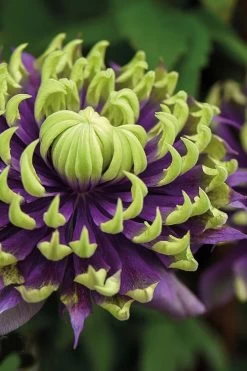

Reviews
There are no reviews yet.